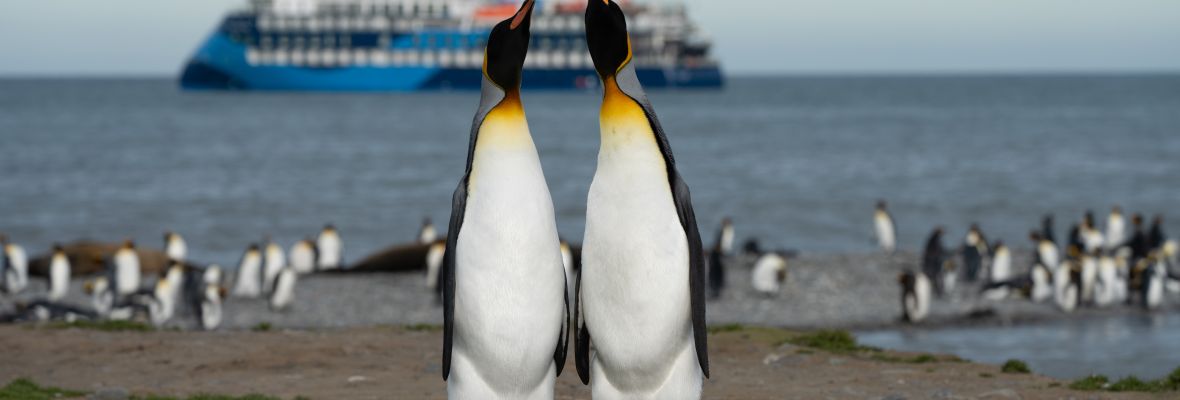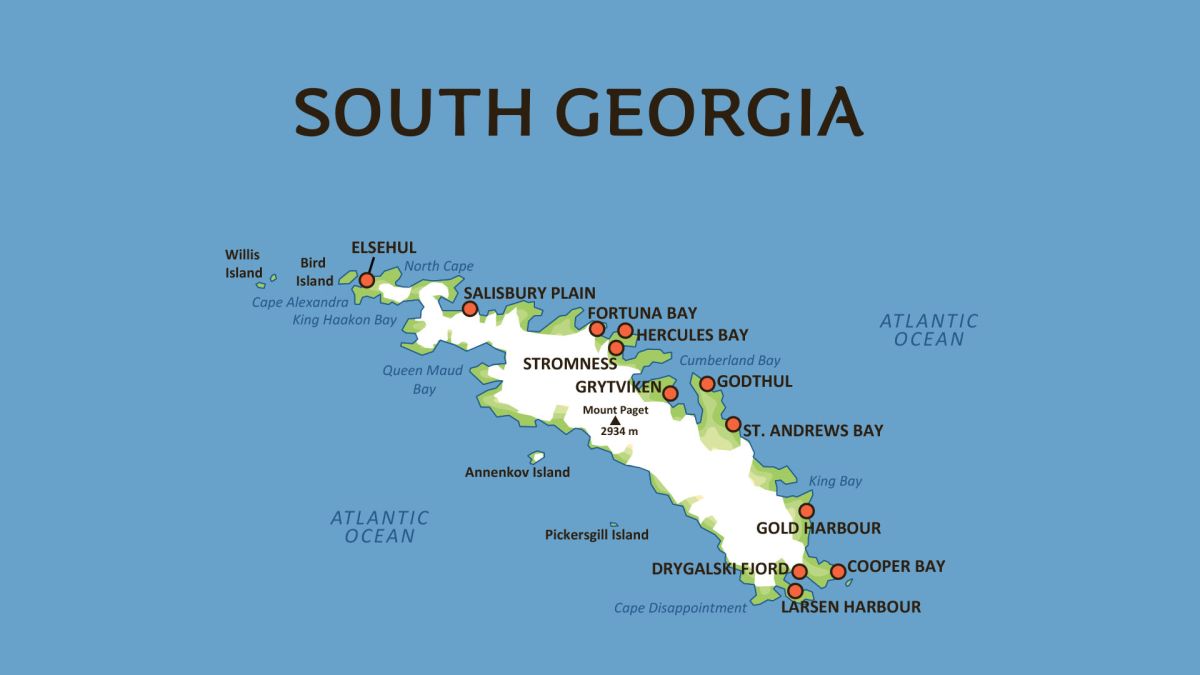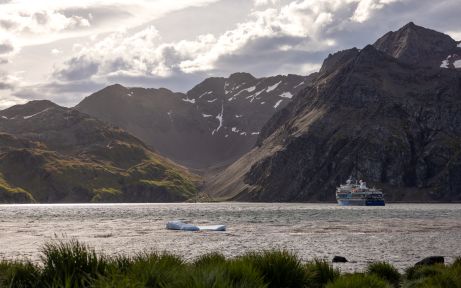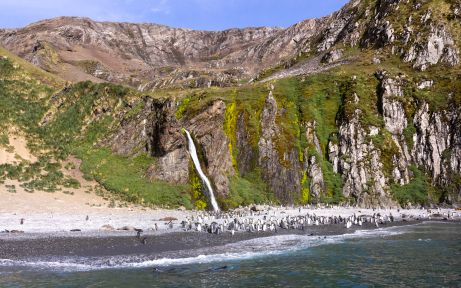The island is dominated by the Allardyce Range, a chain of mountains that runs down its spine, the highest peak being Mount Paget, which stands at 2,935 meters (9,629 feet). These mountains aren’t just for show—they play a huge role in the island’s geography, with glaciers feeding into valleys and fjords, some of which extend deep into the island’s interior. Over half of South Georgia’s surface is covered by glaciers, ice fields, and permanent snow, giving the island its characteristic wild and frozen appearance.
Along the coast, you’ll find a mix of deep fjords, narrow bays, and steep cliffs that plunge directly into the Southern Ocean. These fjords—like Cumberland Bay and Stromness Bay—are key to the island's ecosystem, offering protected areas where wildlife thrives. The coastline is constantly reshaped by the harsh weather and ocean currents, making it one of the most dynamic parts of South Georgia.






